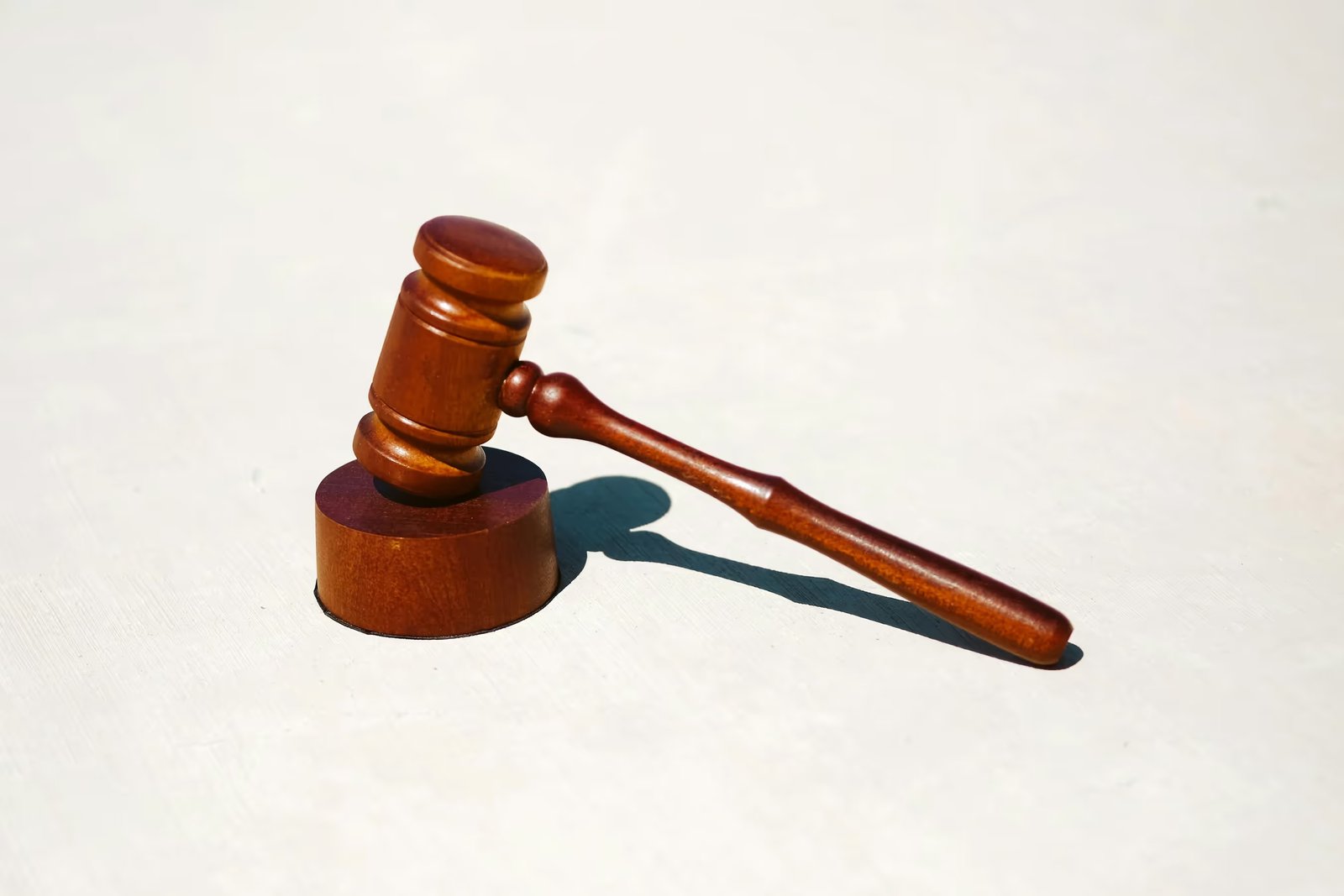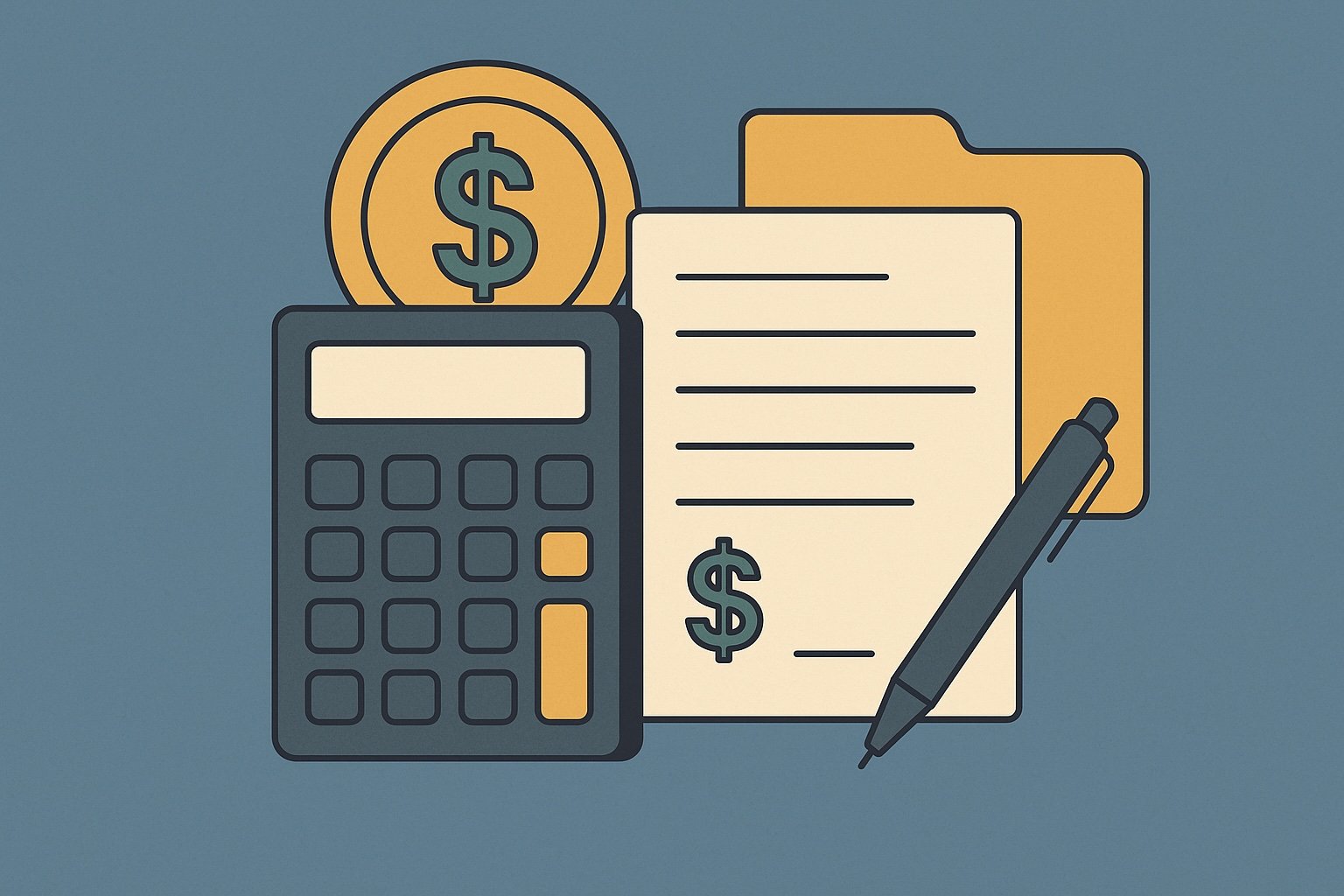Question
ARTE's Answer
The 95% rule is one of the identification rules that can be used in a 1031 exchange to identify potential replacement properties. In a 1031 exchange, you are required to identify replacement properties within 45 days of selling your relinquished property. The IRS provides three rules for identifying these properties: the Three-Property Rule, the 200% Rule, and the 95% Rule. The 95% rule is particularly useful when you want to identify more properties than the other rules allow, but it comes with its own set of requirements.
Under the 95% Rule, you can identify an unlimited number of potential replacement properties, but you must acquire properties that total at least 95% of the aggregate fair market value of all the identified properties. This means that if you identify multiple properties, you must end up purchasing nearly all of them to comply with the rule. This rule is often used when a taxpayer wants to have a wide range of options but is confident in their ability to close on almost all of the identified properties.
Let's illustrate this with an example using Deferred.com as your qualified intermediary:
Imagine you sold a relinquished property for $1,000,000. You decide to use the 95% rule to identify replacement properties. You identify five properties with the following fair market values:
- Property A: $200,000
- Property B: $300,000
- Property C: $250,000
- Property D: $150,000
- Property E: $100,000
The total fair market value of all identified properties is $1,000,000. To comply with the 95% rule, you must acquire properties with a combined value of at least 95% of $1,000,000, which is $950,000.
During the exchange process, you successfully acquire Properties A, B, and C, which have a combined value of $750,000. You also acquire Property D for $150,000, bringing the total to $900,000. At this point, you have not met the 95% requirement because $900,000 is only 90% of the total identified value. To meet the 95% rule, you would need to acquire Property E as well, which would bring the total to $1,000,000, or 100% of the identified value.
At Deferred.com, we would act as your qualified intermediary, facilitating the exchange by holding the proceeds from the sale of your relinquished property and using them to acquire the replacement properties on your behalf. This ensures that you do not have constructive receipt of the funds, which is crucial for maintaining the tax-deferred status of the exchange.
The 95% rule can be a powerful tool in a 1031 exchange, but it requires careful planning and execution to ensure compliance. If you have any questions or need assistance with your exchange, Deferred.com is here to help guide you through the process.
Have more questions? Call us at 866-442-1031 or send an email to support@deferred.com to talk with an exchange officer at Deferred.
1031 Question? Ask ARTE
Deferred's AI 1031 Research Assistant is trained on 8,000+ pages of US tax law and outperforms human CPAs by 22%+
CHAT NOW
Learn More
See more frequently asked questions about 1031 exchanges








